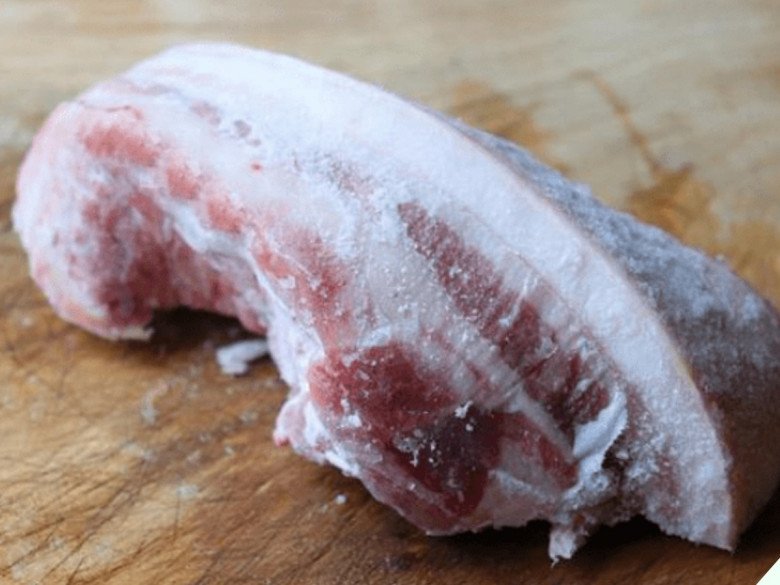
There are various ways to defrost meat, some people choose to soak it directly in clean water for 4-6 hours. Others opt for boiling water and a quick blanch, but this method affects the flavor and nutrient retention of the meat. So, how can we quickly defrost meat while maintaining its freshness and nutritional value?
Today, Bếp Eva will share some quick meat defrosting tips to keep it fresh as if you just bought it.
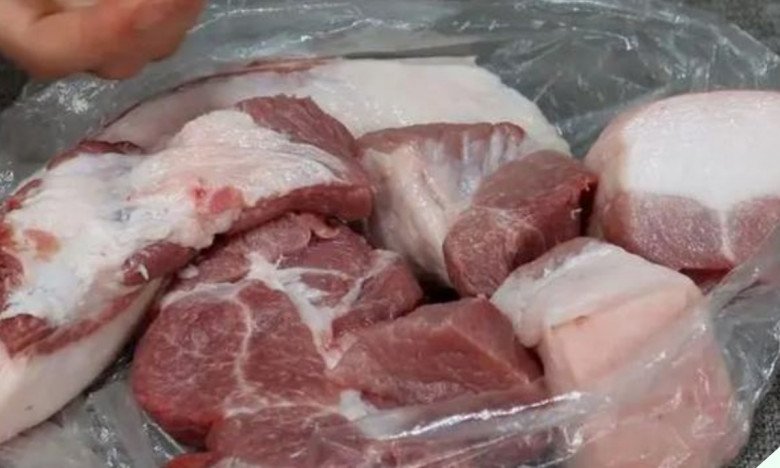
Firstly, to ensure your meat stays fresh before and after freezing, keep these two points in mind:
– Cut the meat into smaller pieces. Thinner slices will defrost more easily than larger chunks.
– Wrap the meat in food wrap to freeze. This may be new to you, but food wrap helps lock in moisture, prevent odors and bacteria, and keep the meat tender and fresh.
Additionally, once defrosted, meat should not be refrozen as it creates an ideal environment for harmful bacteria to thrive and cause cross-contamination.
QUICK MEAT DEFROSTING METHODS
1. Defrosting with Salted Water
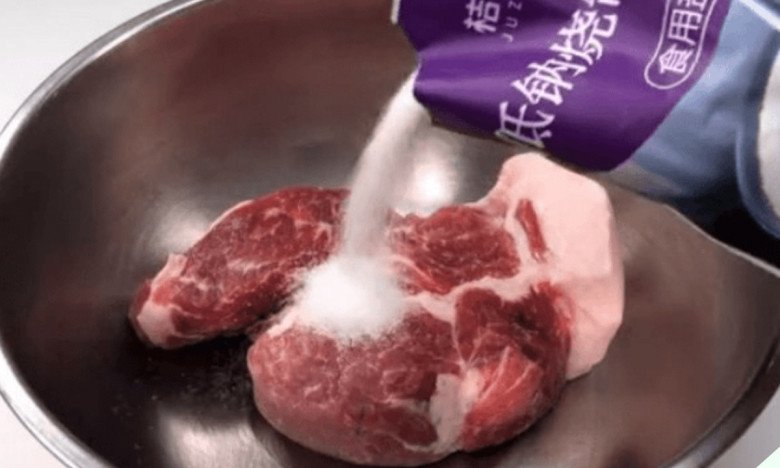
– Prepare a bowl of warm water at around 40°C and place the meat you wish to defrost in it.
– Add a teaspoon of salt, mix well, and soak the meat for about 15 minutes. The sodium chloride in salt is a strong electrolyte, so it will enhance the meat’s water absorption. Simultaneously, it helps melt the ice quickly, keeping the meat tender and nutritious.
2. Baking Soda

– Pour warm water into a bowl and add 2-3 teaspoons of baking soda. Stir well to dissolve, then soak the frozen meat for about 5 minutes. As a strong base, baking soda increases the pH of the water, stimulating protein absorption and rapid ice melting.
3. White Vinegar
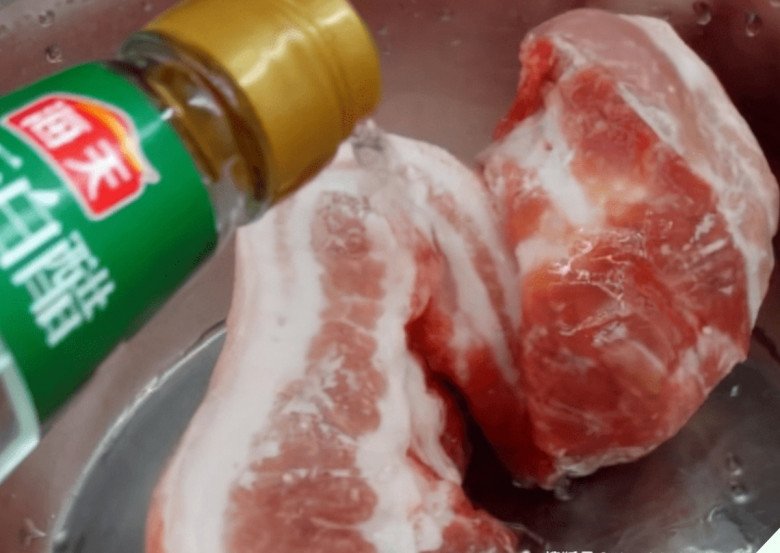
– Add a tablespoon of white vinegar to warm water and soak the frozen meat for about 20 minutes. Vinegar tenderizes the meat fibers, making frozen meat softer more quickly.
Additionally, vinegar helps eliminate fishy odors and enhances the pork’s aroma.
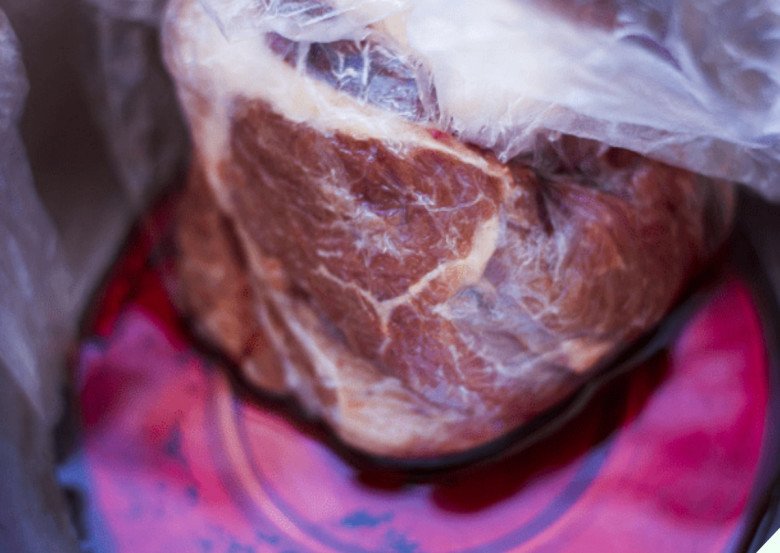
In addition to these three simple methods, you can also use a microwave oven. Most modern microwaves have a defrost function, so simply place the meat inside for about 5 minutes to automatically defrost it. This is considered the quickest method, often used in restaurants to tenderize meat.
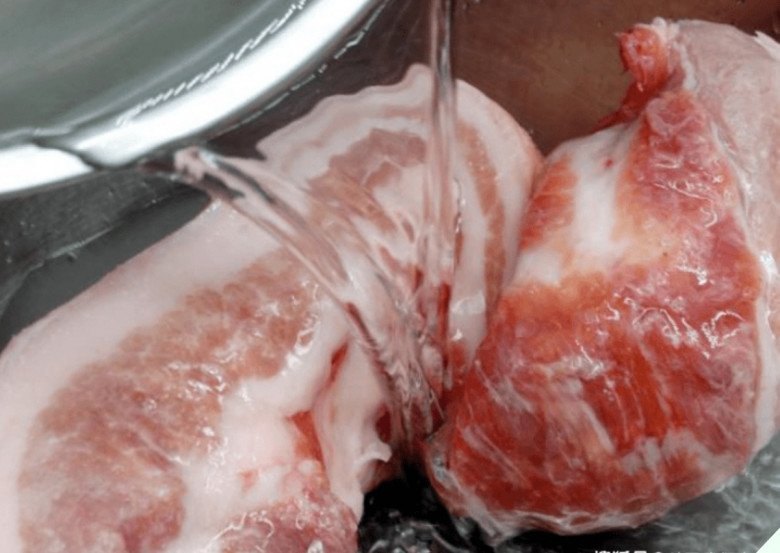
In summary, while the above methods can quickly defrost meat, the best approach is to allow it to thaw naturally. If you’re not in a rush, transfer the meat from the freezer to the refrigerator the night before. By the next day, it will be ready to use, fresh, soft, and flavorful as if newly purchased.
In addition to proper defrosting, here are some tips for meat storage:
– Choose fresh meat, as it will last longer. Look for meat with a bright red or pink color. It should feel soft and moist to the touch.
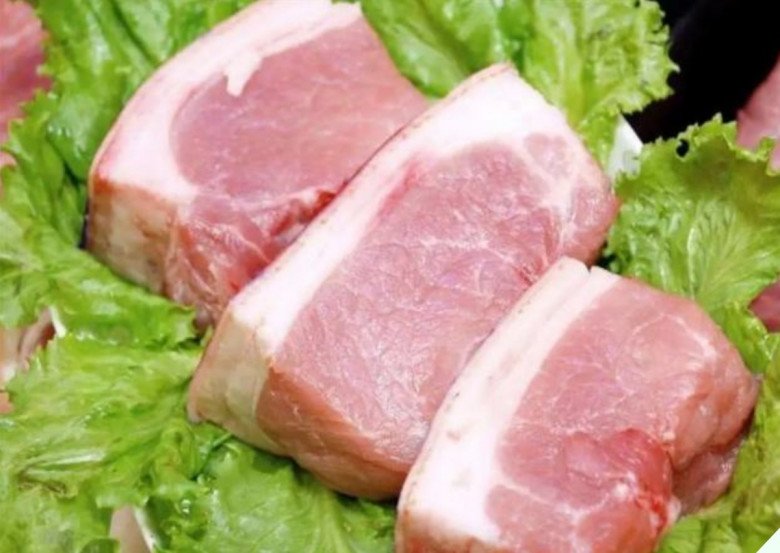
– Cut the meat into smaller pieces before freezing. Brush each piece with a layer of cooking oil to maintain ideal moisture levels.
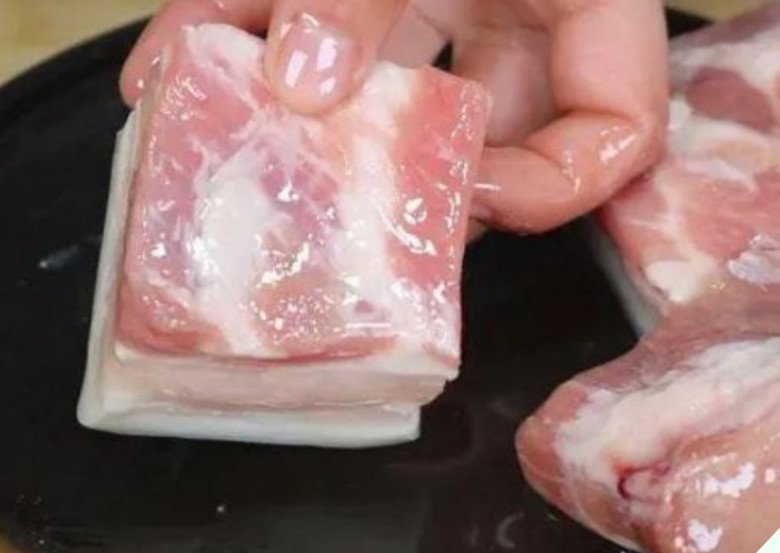
– Store pork in ziplock bags or wrap it tightly in food wrap before freezing.
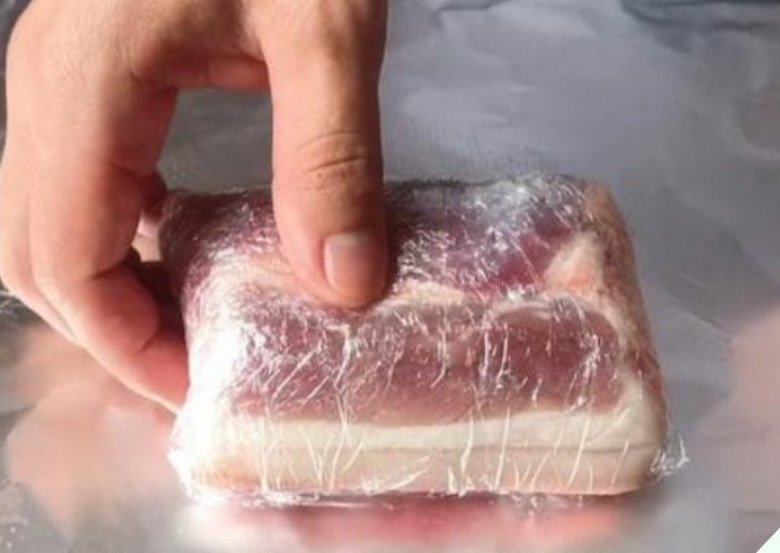
Following these basic guidelines will ensure your meat stays fresh and tasty, even when stored for extended periods. Theoretically, frozen pork can be stored for up to a year, but it’s best used within four months to maintain optimal flavor and nutrition.






























